I visited a ghost town in the middle of Utah's desert that was home to Hawaiian settlers. Take a look around.
In 1889, 46 Hawaiians moved to Salt Lake City to join The Church of Jesus Christ of Latter-day Saints.
After facing discrimination, the settlers relocated to the desert, building a town called Iosepa.
It was abandoned 30 years later. I toured the area and was amazed by the Hawaiians' resilience.
Ghost towns, abandoned homes, and deserted spaces fascinate me.
I've wandered through one in Colorado that was once home to a historic Black agricultural community. I've trekked to the desert outside Moab, Utah, to explore an abandoned religious colony built to withstand an apocalypse. I've wandered around an empty water park in the middle of California's desert.
So, when I read about a ghost town outside Salt Lake City built to be an oasis for Hawaiian followers of The Church of Jesus Christ of Latter-day Saints, widely known as Mormons, I was intrigued.
In the spring of 2022, I visited Salt Lake City and spent a morning driving 60 miles southwest to discover an abandoned town and its story.
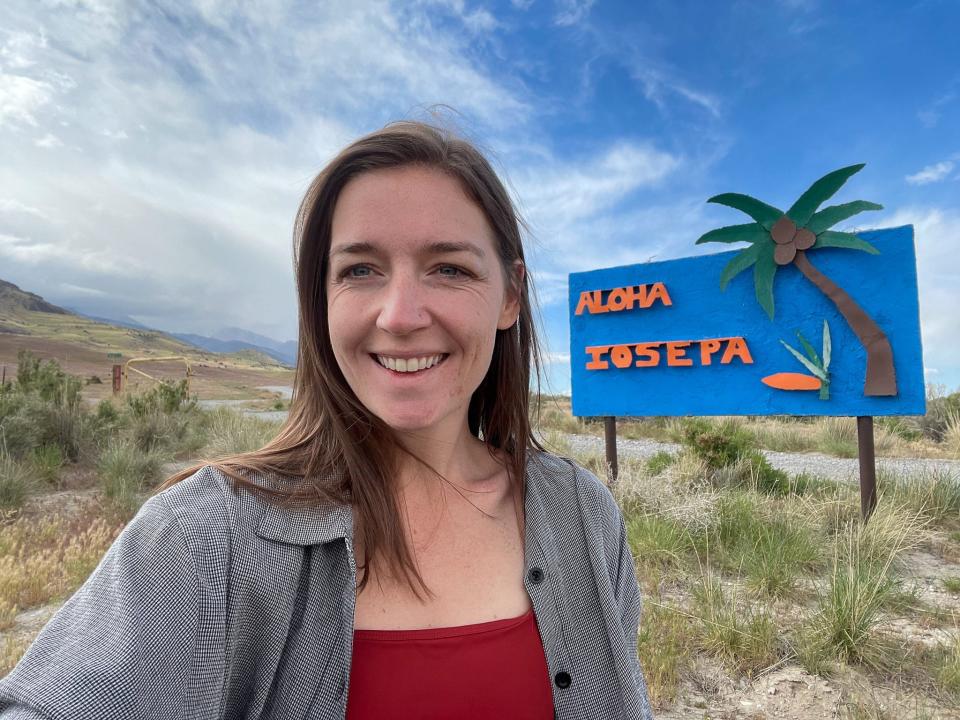
I was heading to Iosepa, a town created in the 1880s when 46 Hawaiians left their homes to travel to Utah for religious reasons, according to Atlas Obscura.
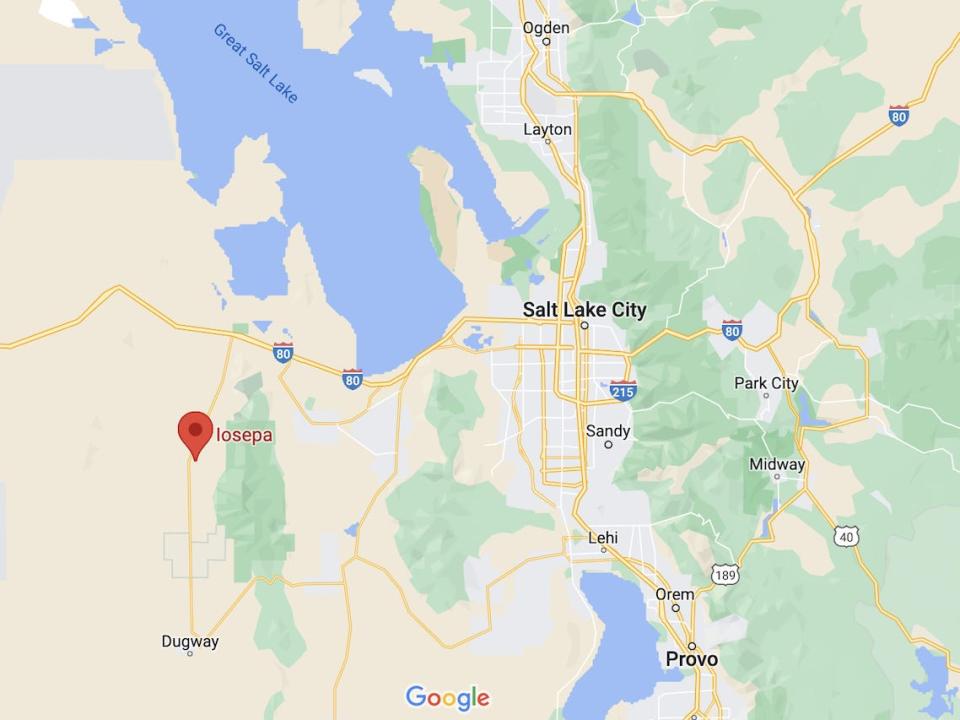
Source: Atlas Obscura
As I got closer to my destination, I hopped on a two-lane state highway and drove into what's known as Skull Valley. There, a rusty sign was the only indicator that I was heading to the right place.
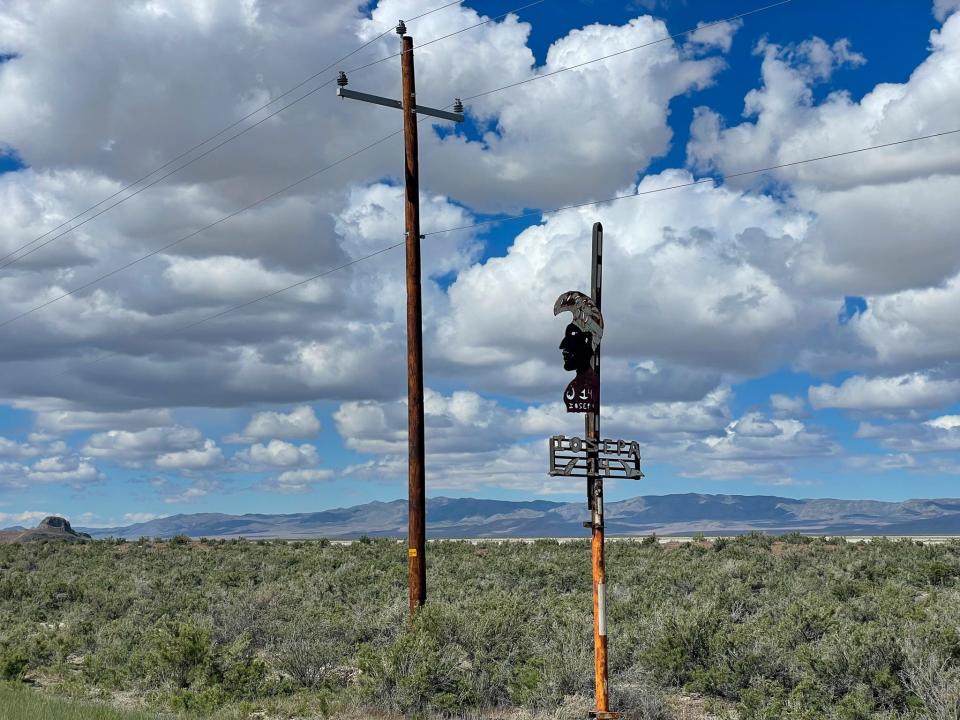
About 15 miles later, I started to understand why the group chose this area. It felt surprisingly tropical for Utah, with the sun glittering off the lush, green mountains. For a moment, I forgot I was in a place named Skull Valley.
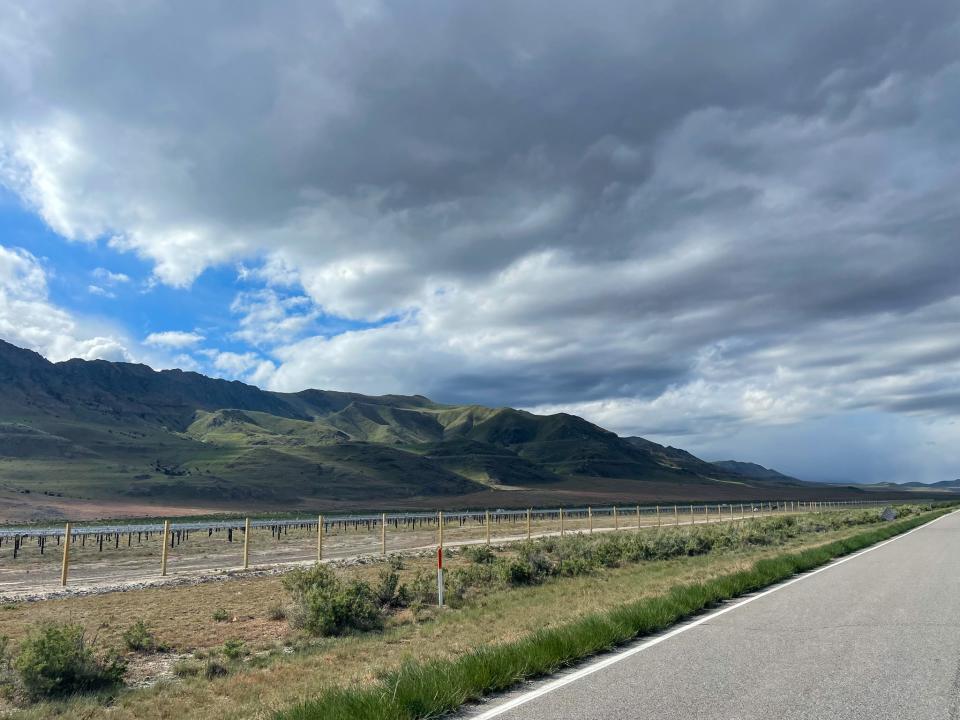
While the area was lush, this wasn't where they had planned to settle. The Polynesians wanted to move to Salt Lake City's Church of Jesus Christ of Latter-day Saints temple, Atlas Obscura reported.
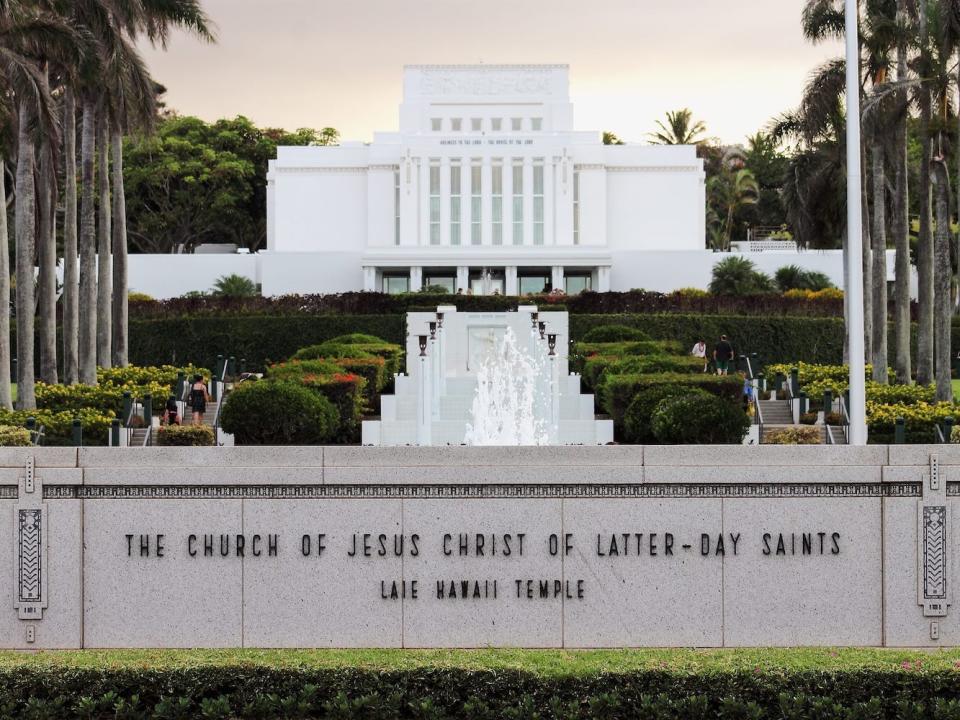
When they arrivied, they found Salt Lake City was not the welcoming place they imagined. They faced discrimination over "cultural differences and unwarranted fear of leprosy" from the white majority, according to an article in the Utah Historical Quarterly.
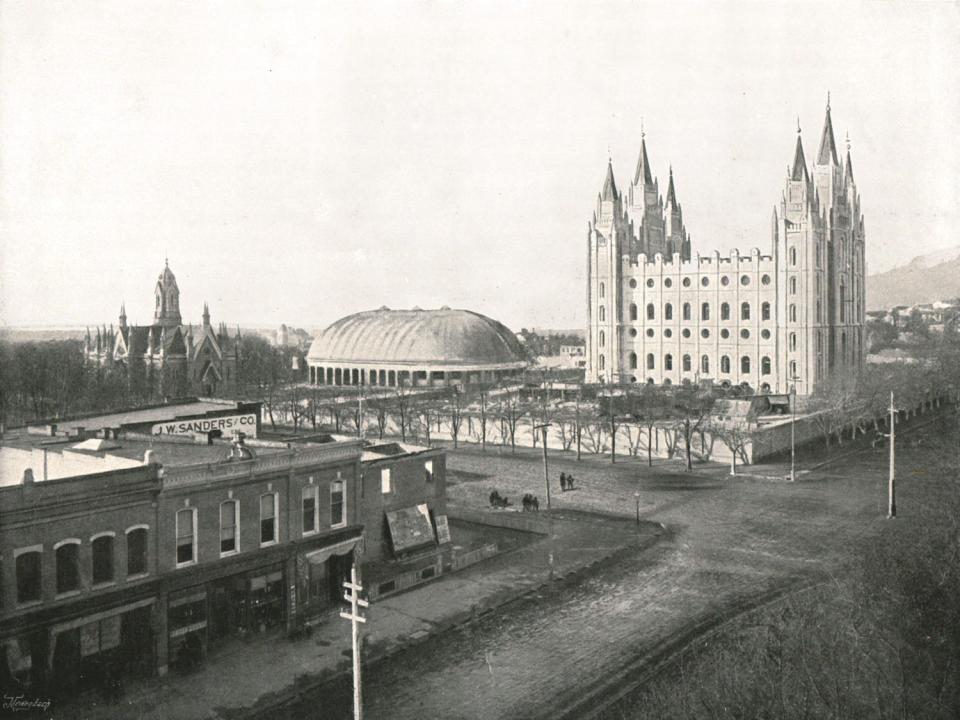
Source: Utah Historical Quarterly
In 1889, church leaders purchased a 1,920-acre remote ranch for the group and relocated them by wagon to Skull Valley, Utah Historical Quarterly reported.
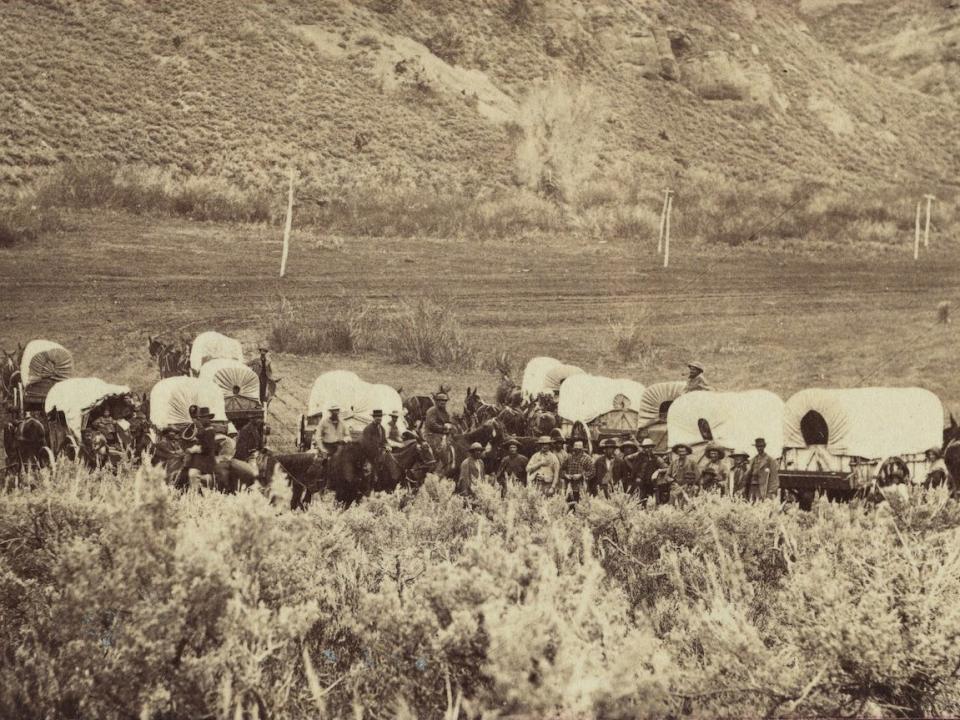
Source: Utah Historical Quarterly
They named the town Iosepa, the Hawaiian word for Joseph, after Joseph F. Smith the then-president of The Church of Jesus Christ of Latter-day Saints, Atlas Obscura reported.
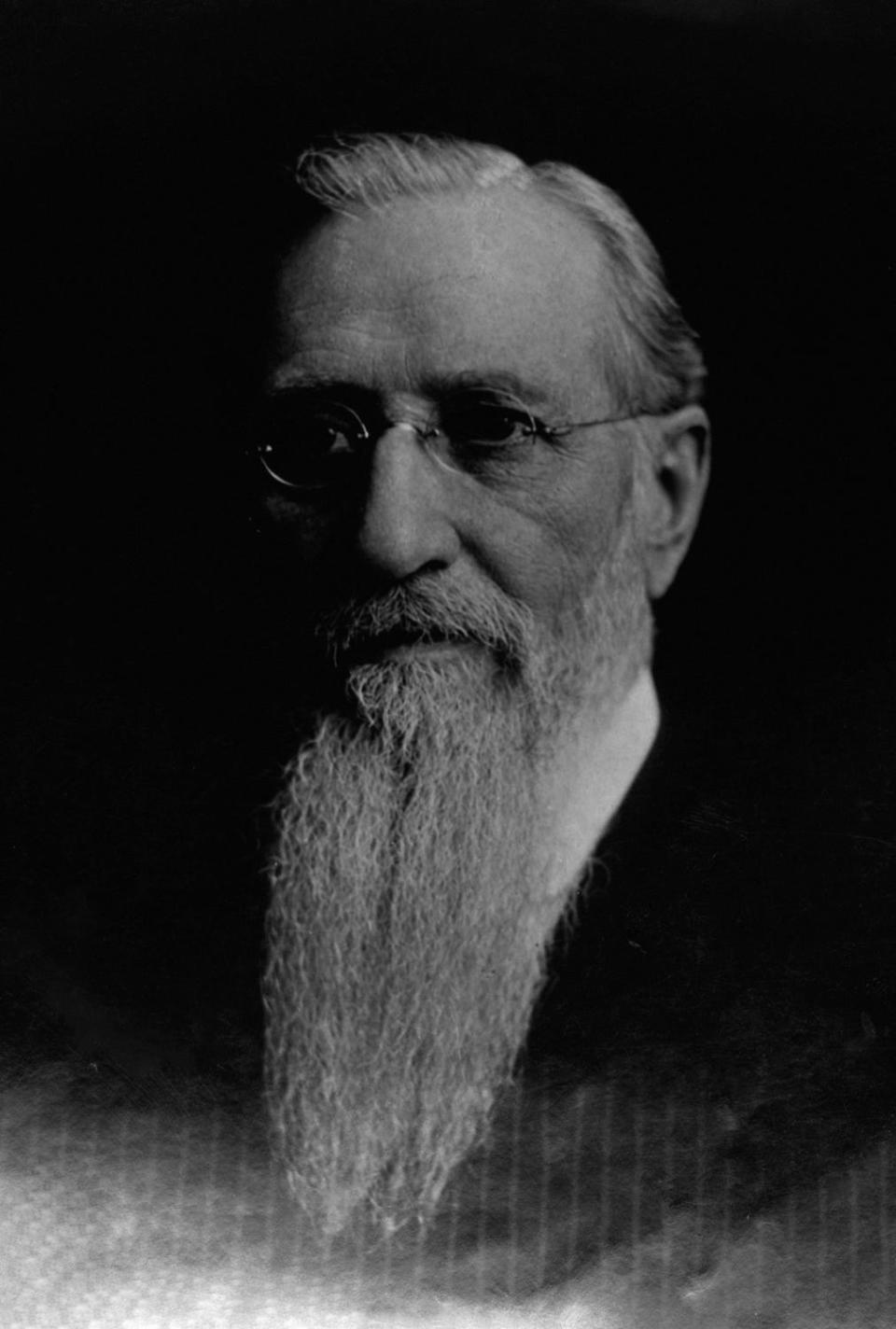
I knew I had made it to the right place when a cobalt-blue sign with bright-orange letters reading "Aloha Iosepa" came into view.
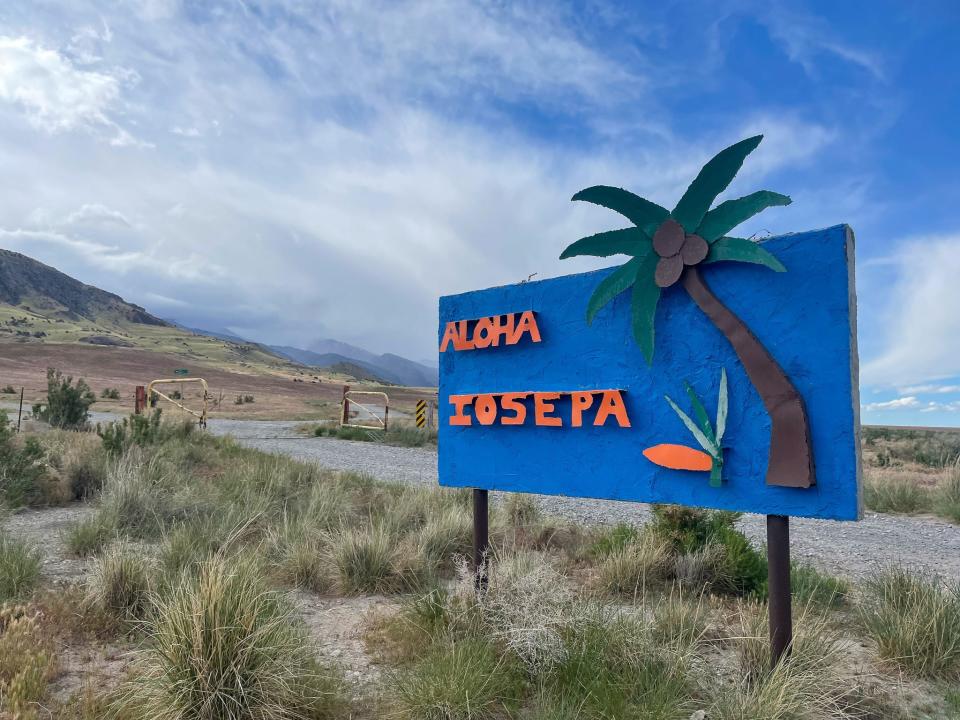
I passed through a yellow gate and caught my first glimpse of Iosepa. According to the Utah Division of State History, 46 Polynesians formed the original community.
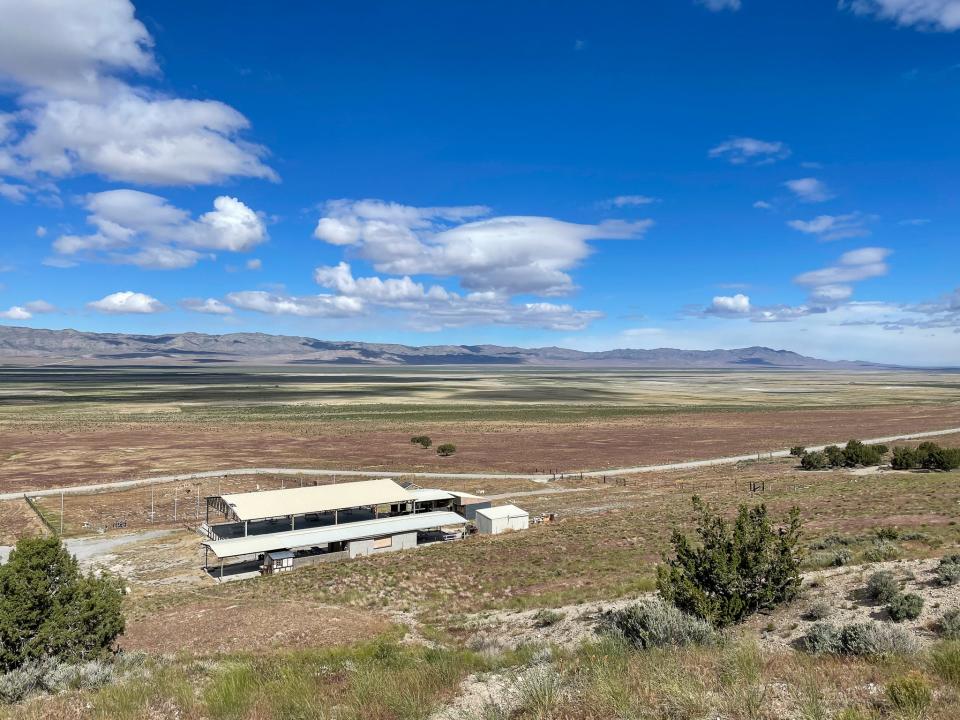
Source: Utah Division of State History
Once in the settlement, the group maintained its Hawaiian language, culture, and traditions as best they could in the desert, Utah Historical Quarterly reported. The settlers harvested algae from a nearby lake, which served as a substitute for seaweed in traditional dishes, and spoke their native language at church services.
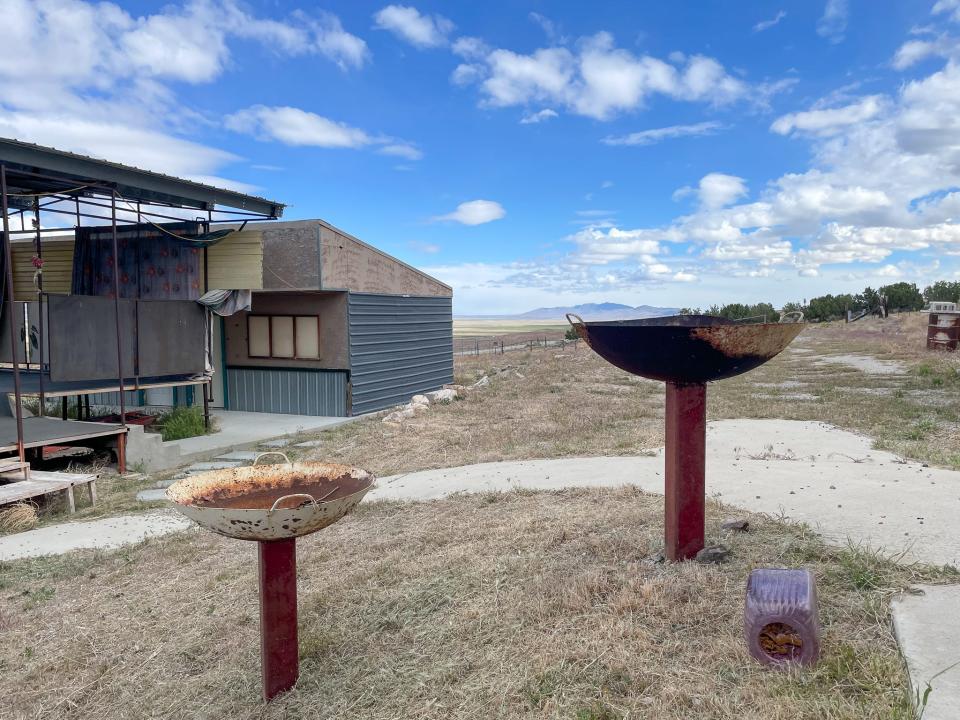
According to Utah Humanities, they built streets named "Honolulu" and "Kula," constructed homes, and grew to 228 people.
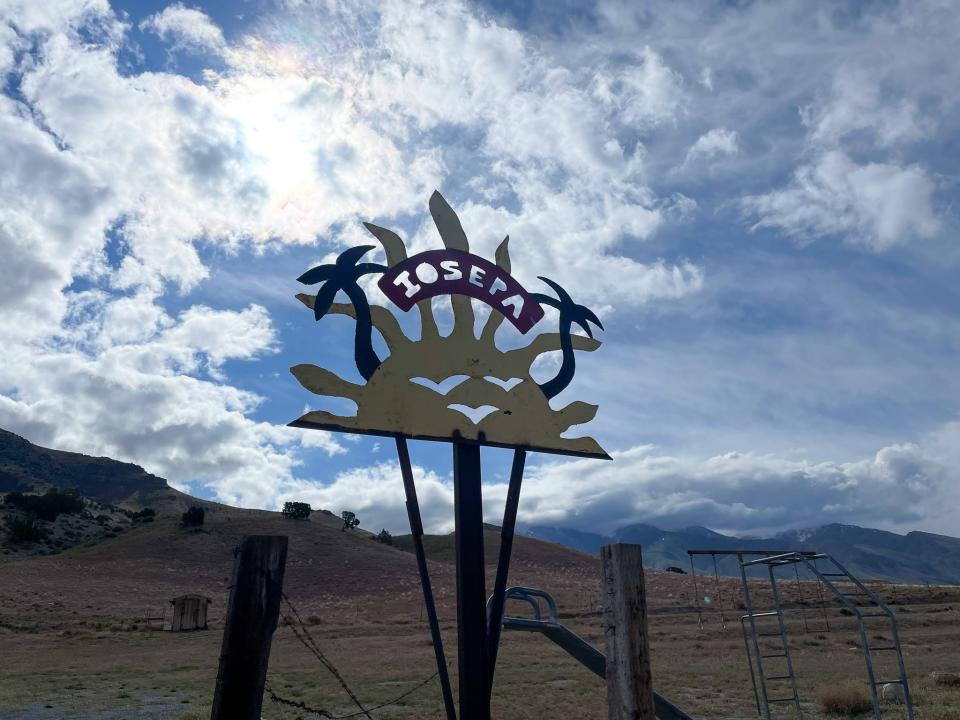
Source: Utah Humanities
While they were largely successful, desert life wasn't easy. Disease and crop failure set them back, and when the first Mormon temple was planned in Hawaii, the majority of the settlers returned home, abandoning Iosepa by 1917.

When I visited, little of the former community remained. There was a cemetery, with graves dating decades after the town was abandoned.
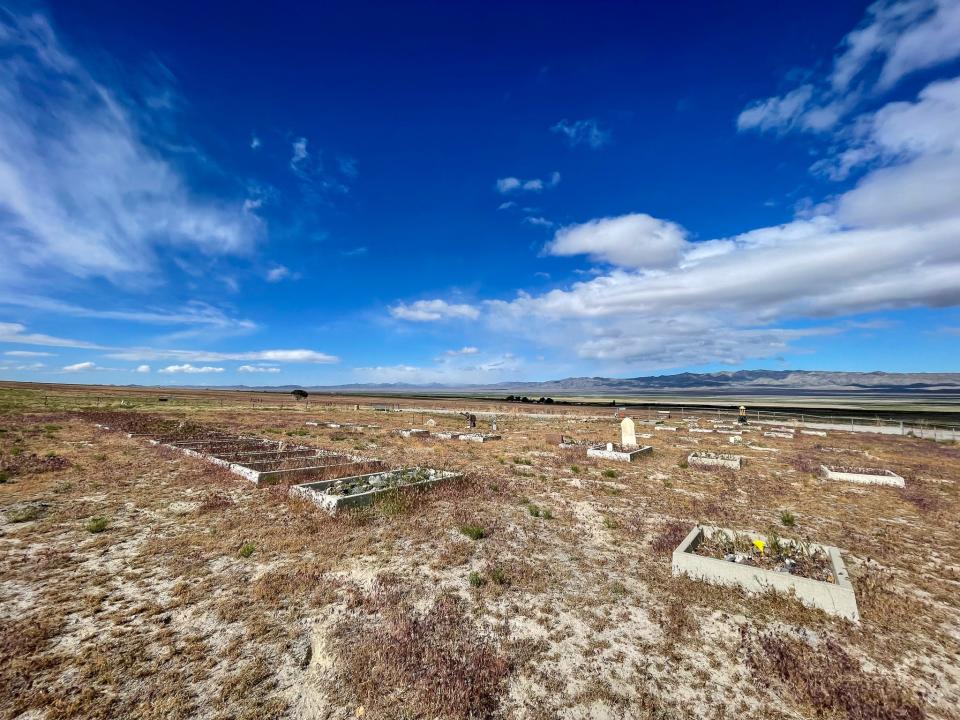
As I walked through the cemetery, I spotted headstones dating as far back as 1900 and up until 2019.
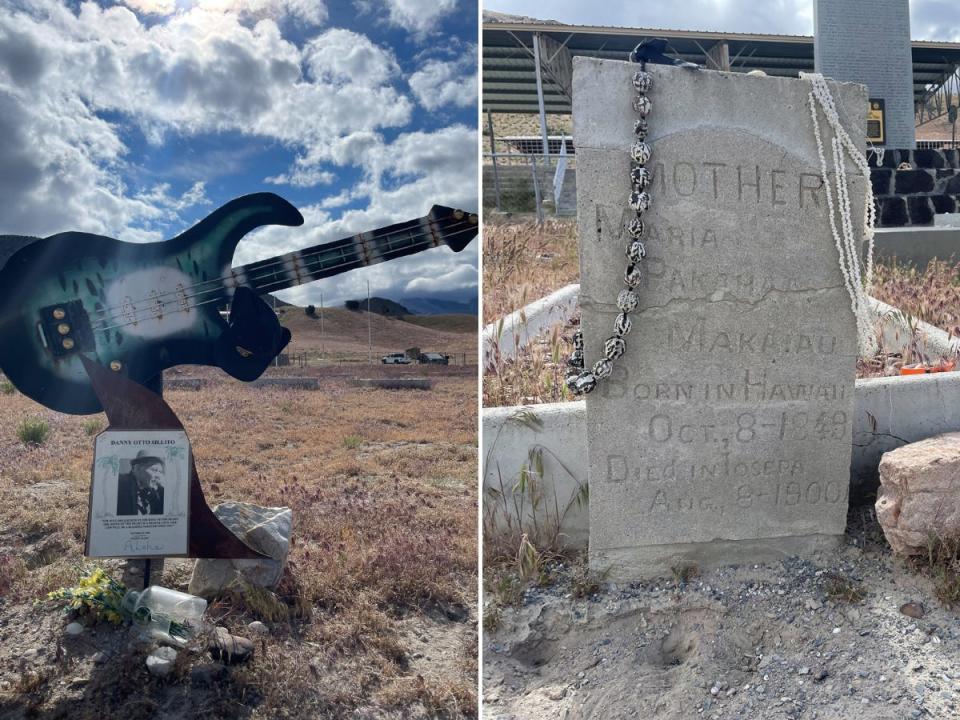
And at the front of the cemetery was a historical memorial for Iosepa.
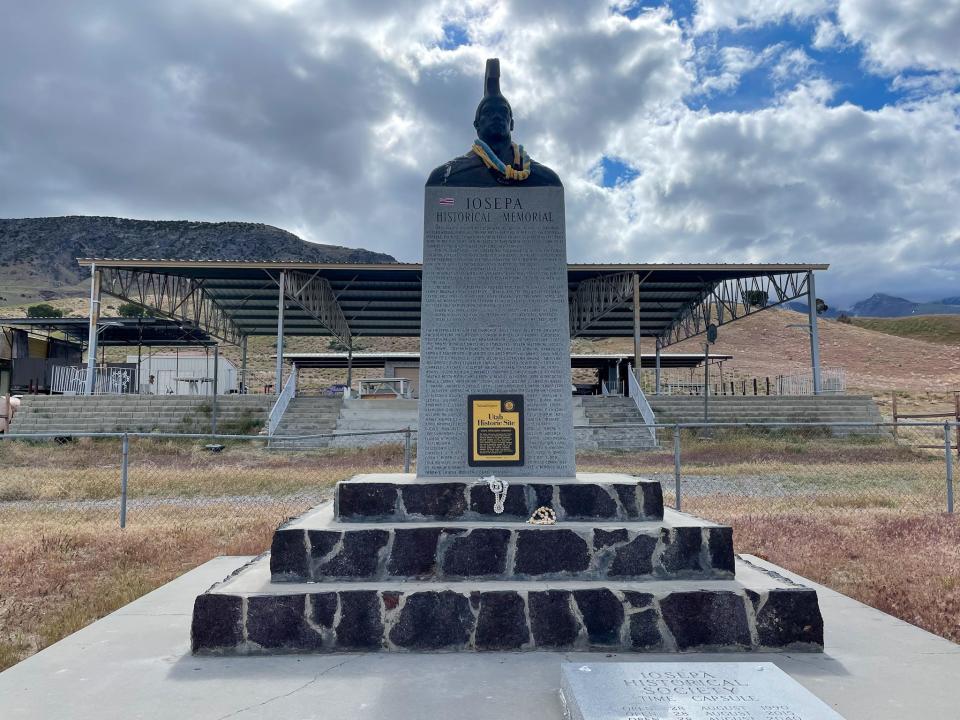
Also on the property was a modern pavilion with a stage, picnic tables, and a basketball court, which Iosepa's descendants use for celebrations and reunions.
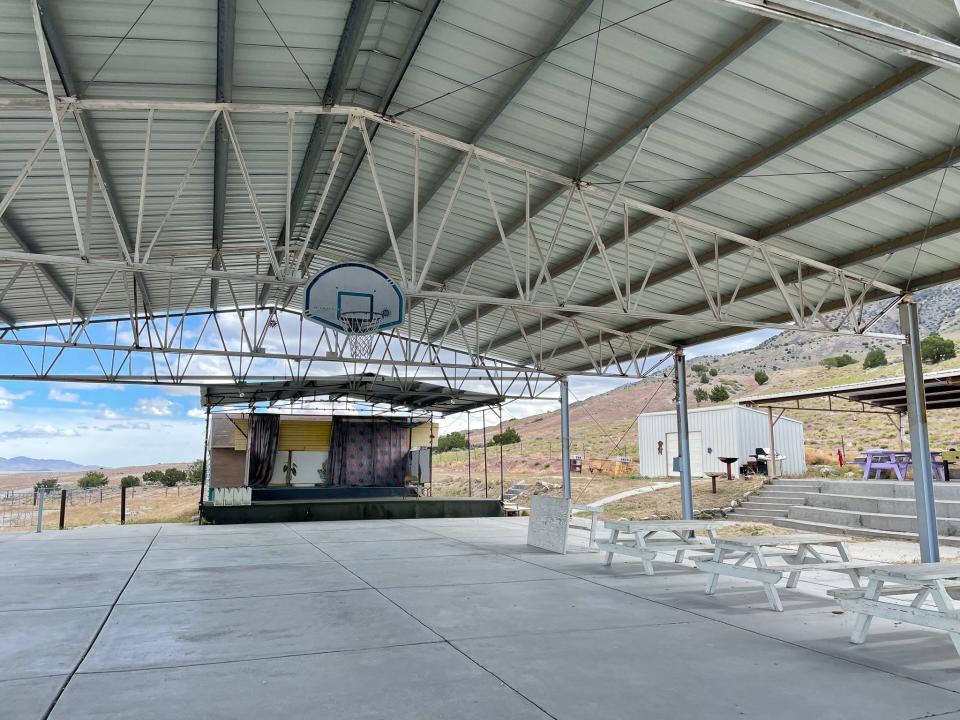
Walking around the property felt like an Easter egg hunt as I discovered relics from the past.
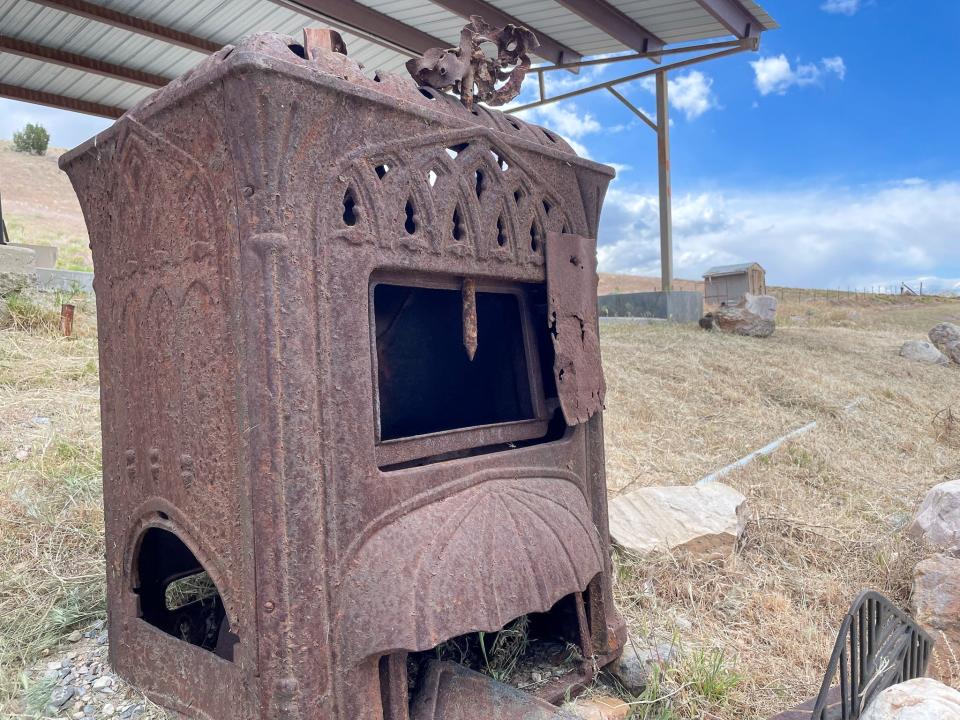
While the mountains seemed lush from a distance, up close, I realized they were dry and hot. I couldn't imagine surviving Utah's burning summers and brutal winters in Skull Valley.
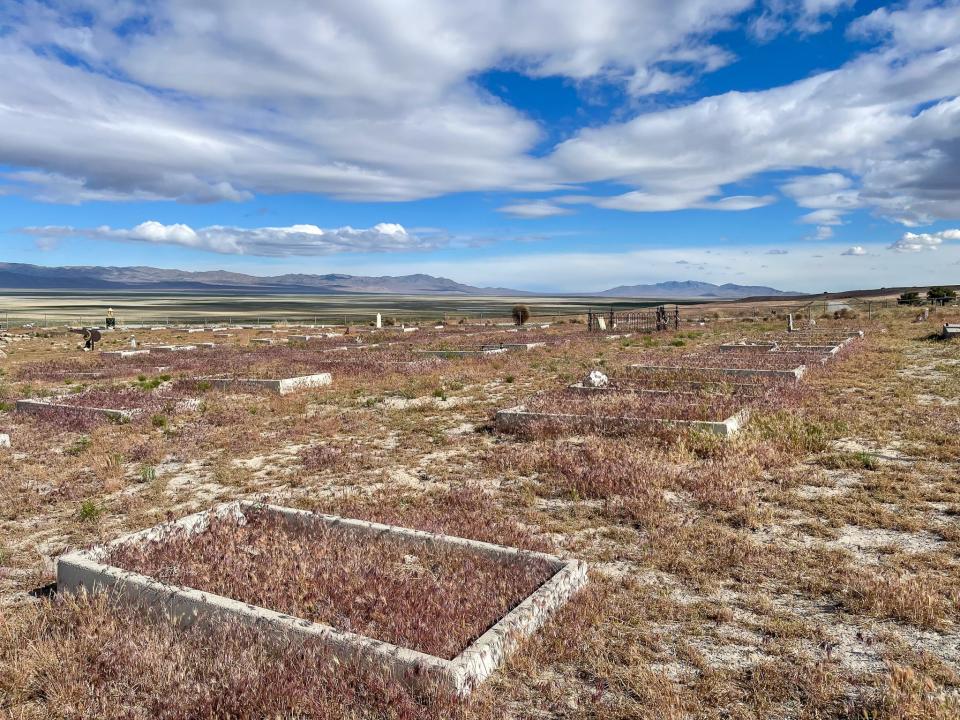
While there are no permanent residents, hundreds of native Pacific Islanders visit Iosepa on Memorial Day weekend for a three-day luau in the desert to celebrate and commemorate their ancestors, according to the Utah Division of State History.
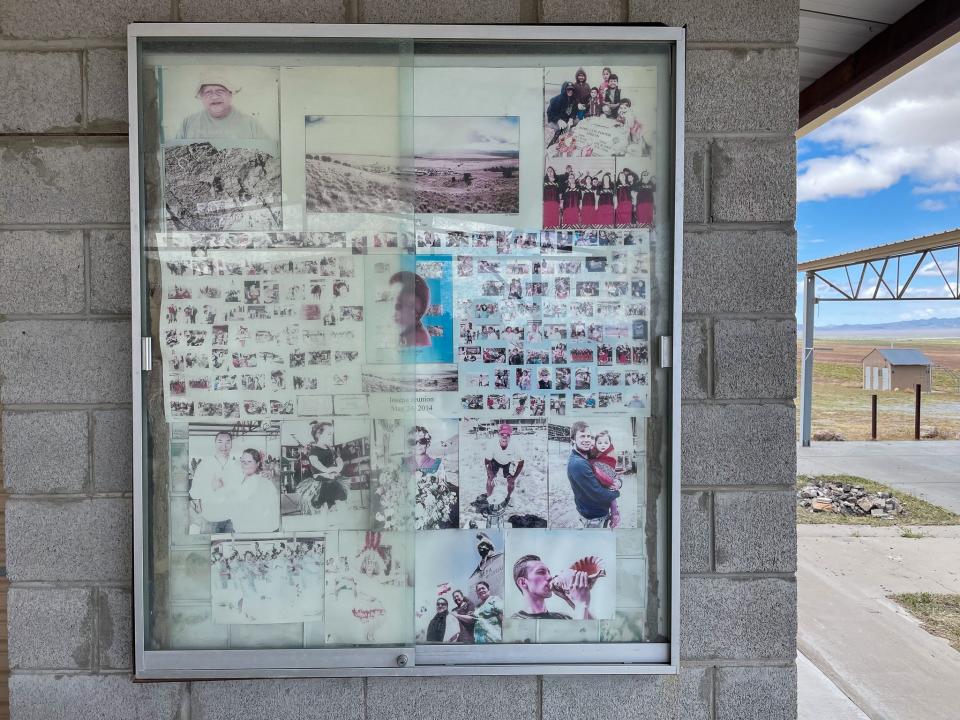
From leis and kukui-nut necklaces on gravestones to sun-bleached photos from past reunions, life and love for Iosepa are still present across the entire property.
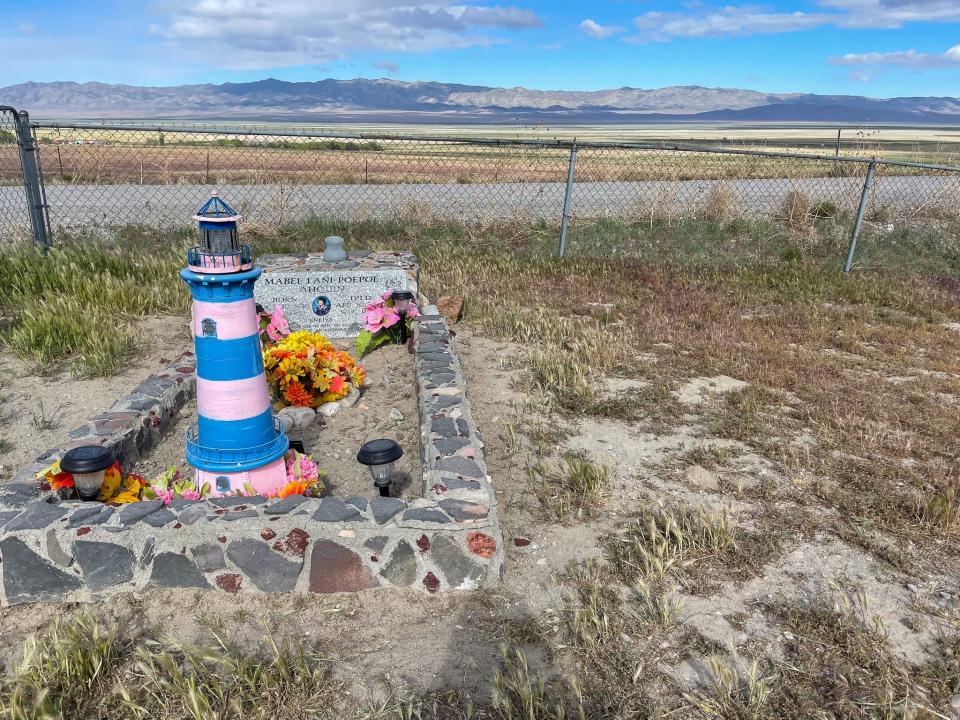
I reflected on the story of the 46 settlers and was amazed that a group believed in something strongly enough to leave their homes and families in exchange for a new life in the desert. Their commitment and dedication, I thought, were admirable.
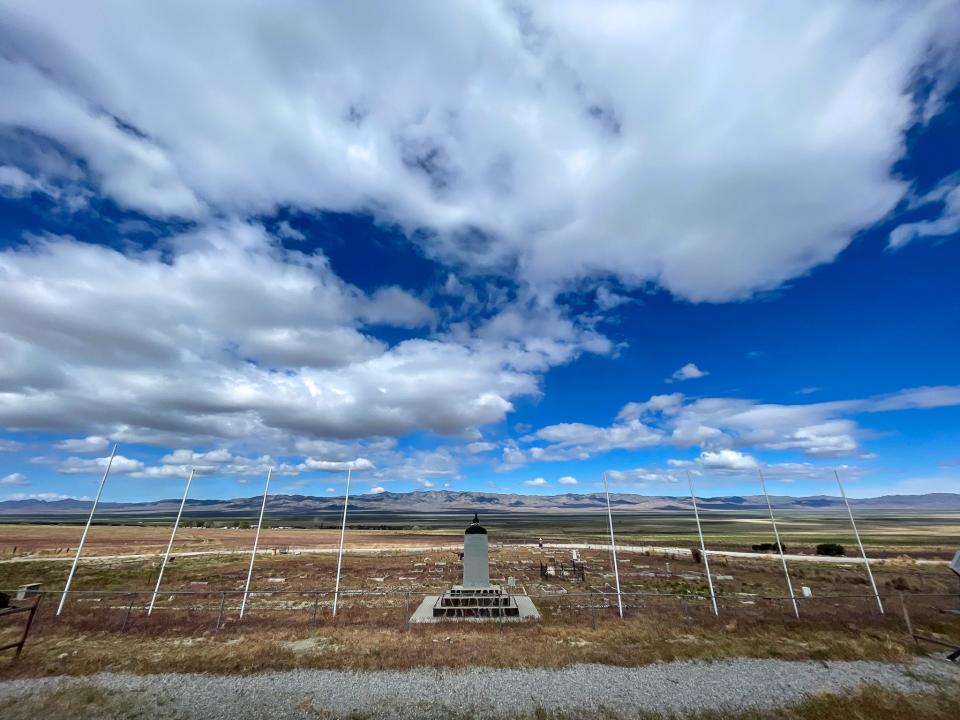
Read the original article on Business Insider


